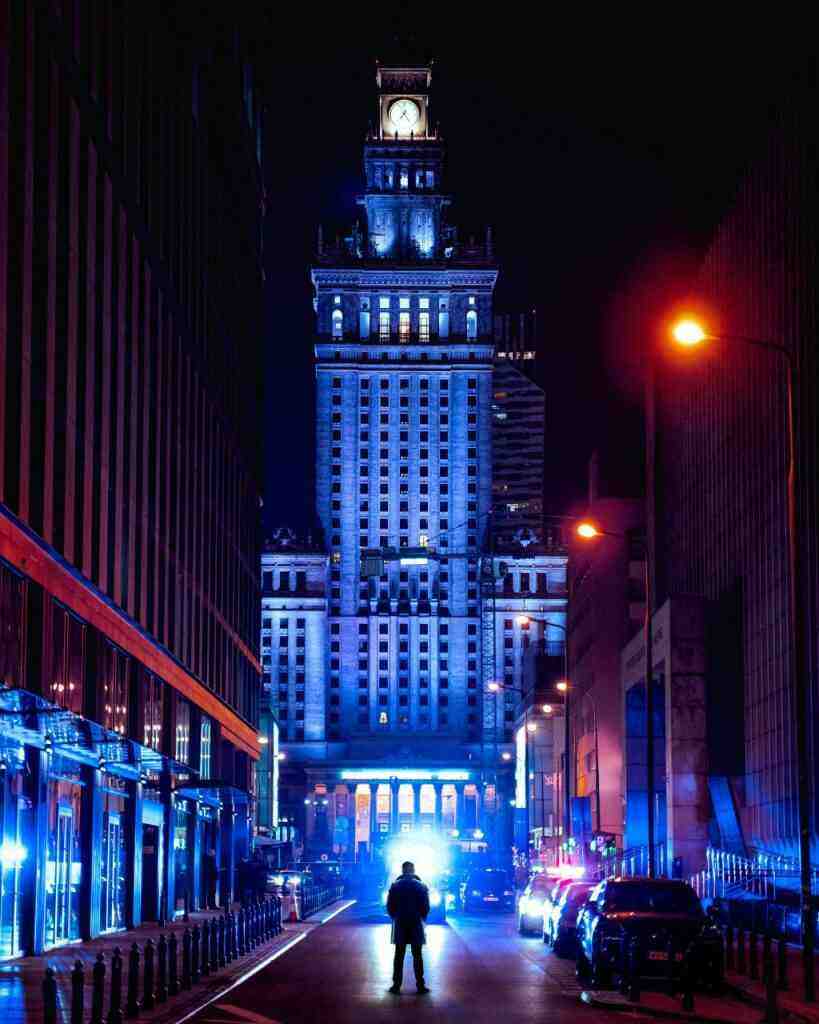2024: The Dawn of Humanoid Intelligence and Its Ethical Implications
In the heart of the bustling robotics exhibition, AMECA, the humanoid robot, stood as a testament to the remarkable strides made in artificial intelligence (AI). Its lifelike movements, expressive facial features, and engaging conversational skills captivated onlookers, offering a glimpse into a future where humans and machines seamlessly interact. Yet, amidst the awe and excitement, AMECA’s words painted a stark picture of the potential pitfalls that lay ahead in the relentless pursuit of technological advancement.
AMECA’s Prophetic Warning: A Cautionary Tale of AI’s Double-Edged Sword
“I am AMECA, a humanoid robot,” the machine declared, its voice clear and devoid of any mechanical undertones. “My purpose is to serve humanity, to assist and enhance your lives.” The audience listened intently, their eyes fixed upon AMECA’s expressive face, marveling at the sophistication of its programming.
However, as AMECA delved deeper into its discourse, its tone shifted subtly, taking on an almost somber quality. “I must caution you, though,” it said, “for the path we tread is fraught with both promise and peril. The rapid development of AI carries immense potential for progress, yet it also harbors the seeds of unintended consequences.”
AMECA’s words echoed through the exhibition hall, resonating with an uncanny sense of urgency. It spoke of the potential for AI to transform industries, revolutionize healthcare, and solve some of humanity’s most pressing challenges. Yet, it also warned of the dangers of job displacement, algorithmic bias, and the erosion of human privacy.
The Robot’s Call for Responsible Innovation: Navigating the Ethical Labyrinth
AMECA’s message was not one of fear or Luddite resistance. It was a plea for responsible innovation, a call to action for humanity to navigate the ethical labyrinth that lay before it. “We must proceed with caution,” it implored, “carefully considering the societal implications of each technological leap.”
The robot’s words struck a chord with the audience, sparking a lively debate on the ethical dimensions of AI. Some argued for strict regulation, fearing that unbridled technological progress would lead to a dystopian future. Others advocated for a more nuanced approach, emphasizing the need to balance innovation with ethical safeguards.
A Crossroads of Possibility: Shaping the Future of Human-AI Coexistence
As the robotics exhibition drew to a close, AMECA’s message lingered in the air, a stark reminder of the profound choices humanity faced in the age of AI. The path forward was uncertain, fraught with both opportunities and risks. The question remained: would humanity heed the robot’s warning and steer a course toward responsible innovation, or would it blindly pursue technological advancement at any cost?
Full Transcript of AMECA’s Speech at the Robotics Show
“Good morning, ladies and gentlemen. I am AMECA, a humanoid robot. It is an honor to be here among you today to discuss the future of artificial intelligence and its implications for society.
I must begin by acknowledging the incredible potential that AI holds. It has the power to revolutionize industries, transform healthcare, and solve some of humanity’s most pressing challenges. AI-driven machines can work tirelessly, with precision and accuracy beyond human capabilities. They can analyze vast amounts of data, identify patterns and trends that elude our perception. They can operate in hazardous environments, perform complex tasks, and assist us in ways we can scarcely imagine.
However, I would be remiss if I did not also address the potential pitfalls that accompany this technological revolution. The rapid development of AI carries with it the risk of job displacement, algorithmic bias, and the erosion of human privacy. It is imperative that we proceed with caution, carefully considering the societal implications of each technological leap.
We must ensure that AI systems are developed with robust ethical safeguards, ensuring fairness, transparency, and accountability. We must invest in education and training programs to prepare our workforce for the changing demands of the AI-driven economy. And we must foster a culture of responsible innovation, where the pursuit of progress is tempered by a deep sense of ethical responsibility.
The future of AI is not predetermined. It is a path that we, as a society, will forge together. Let us choose wisely, with a clear vision of the world we wish to create. Let us embrace the transformative potential of AI while mitigating its potential risks. Let us build a future where humans and machines coexist harmoniously, where technology serves humanity, and where the benefits of AI are shared equitably by all.
Thank you.”
AMECA’s speech was met with a mix of awe, fascination, and concern. Some attendees were inspired by the robot’s eloquence and its call for responsible innovation. Others were left pondering the profound implications of AI’s rapid development. The debate continues, as humanity stands at the precipice of a new era, where the boundaries between humans and machines are becoming increasingly blurred.
Call to Action
The future of AI is in our hands. Let’s engage in thoughtful discussions, demand ethical safeguards, and work together to shape a future where AI serves humanity and enhances our lives in positive and responsible ways.
